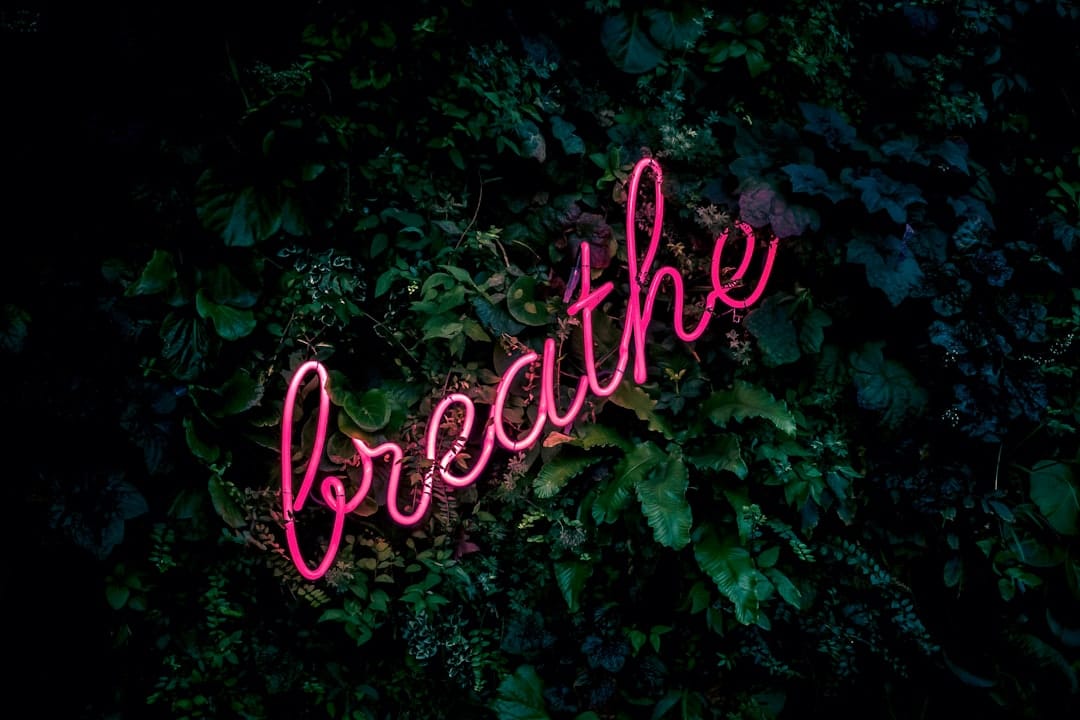Breathing Exercises to Effectively Manage Symptoms of Pulmonary Hypertension
Pulmonary hypertension (PH) is a condition marked by elevated blood pressure in the pulmonary arteries, which transport oxygen-poor blood from the heart to the lungs. This condition often leads to symptoms such as shortness of breath, fatigue, and swelling, significantly impacting the quality of…

Understanding Pulmonary Hypertension
Pulmonary hypertension is a serious condition that requires careful management. It involves high blood pressure in the arteries that supply the lungs, leading to symptoms like shortness of breath and fatigue. These symptoms can make daily activities challenging, but with proper management, individuals can lead relatively normal lives. Advances in treatment have improved outcomes, but lifestyle modifications, including exercise, play a crucial role in symptom management.
The Role of Exercise in Managing PH
Exercise, when done under medical supervision, can significantly improve the symptoms and quality of life for those with pulmonary hypertension. It is crucial to consult a healthcare provider before starting any exercise regimen to ensure safety and effectiveness. While exercise is beneficial, it should be tailored to individual capabilities and limitations to avoid exacerbating symptoms.
Benefits of Breathing Exercises
Breathing exercises are particularly beneficial for individuals with pulmonary hypertension. These exercises can strengthen the respiratory muscles, making it easier to manage shortness of breath. By focusing on controlled breathing techniques, individuals can enhance their lung capacity and reduce anxiety, which often worsens breathing difficulties.
Deep Breathing Techniques
Deep breathing exercises are designed to increase lung capacity and promote relaxation. These exercises involve slow, deep inhalations through the nose, holding the breath for a few seconds, and then exhaling slowly through the mouth. This technique can help reduce anxiety and improve oxygen exchange in the lungs, making it easier to breathe.
Basic Breathing Awareness
Basic breathing awareness exercises focus on the sensations of breathing and can be performed anywhere. These exercises involve paying attention to the natural rhythm of breathing without trying to change it. By becoming more aware of breathing patterns, individuals can learn to control their breath better, which can be particularly helpful during episodes of shortness of breath.
Consulting Healthcare Providers
Before starting any breathing exercises, it is important to consult a healthcare provider. They can provide guidance on which exercises are appropriate and how to perform them safely. This is especially important for individuals with pulmonary hypertension, as improper techniques could potentially worsen symptoms.
Complementary, Not a Replacement
While breathing exercises offer numerous benefits, they are not intended to replace prescribed medications for pulmonary hypertension. Medications play a critical role in managing the condition, and breathing exercises should be viewed as a complementary approach to enhance overall well-being.
Conclusion
Breathing exercises can be a valuable tool in managing pulmonary hypertension, offering benefits such as strengthened respiratory muscles, increased lung capacity, and reduced anxiety. However, it is essential to approach these exercises with caution and under medical supervision to ensure safety and effectiveness. By integrating breathing exercises with medical treatment, individuals with pulmonary hypertension can improve their quality of life and better manage their symptoms.
FAQs
**Can breathing exercises replace medication for pulmonary hypertension?**
No, breathing exercises are not intended to replace prescribed medications. They should be used as a complementary approach to enhance symptom management.
**Why is it important to consult a healthcare provider before starting breathing exercises?**
Consulting a healthcare provider ensures that the exercises are safe and appropriate for your specific condition, helping to avoid any potential complications.
References
https://www.lung.org/lung-health-diseases/wellness/breathing-exercises
https://share.upmc.com/2022/08/pulmonary-hypertension-and-exercise/
https://phassociation.org/patients/living-with-ph/exercise-and-ph/
https://www.umms.org/bwmc/health-services/pulmonary-disease/copd/treatment/breathing-exercises
https://www.webmd.com/lung/features/pah-exercise
https://www.mayoclinic.org/diseases-conditions/pulmonary-hypertension/diagnosis-treatment/drc-20350702
https://www.pahinitiative.com/living-with-pah/pah-self-care/basic-breathing-awareness
https://med.stanford.edu/wallcenter/patient_care/patient-resources/articles-external-and-videos/exercise-and-pulmonary-hypertension.html
https://my.clevelandclinic.org/health/diseases/6530-pulmonary-hypertension-ph
https://pubmed.ncbi.nlm.nih.gov/30510427/